Get Solar to sell and store power with
Hybrid Solar
Easily install and turn your rooftop solar to get power back up and sell with enlead energy. Make, sell, store and use power.
Your Hybrid solar power system needs the following components
Solar Panels
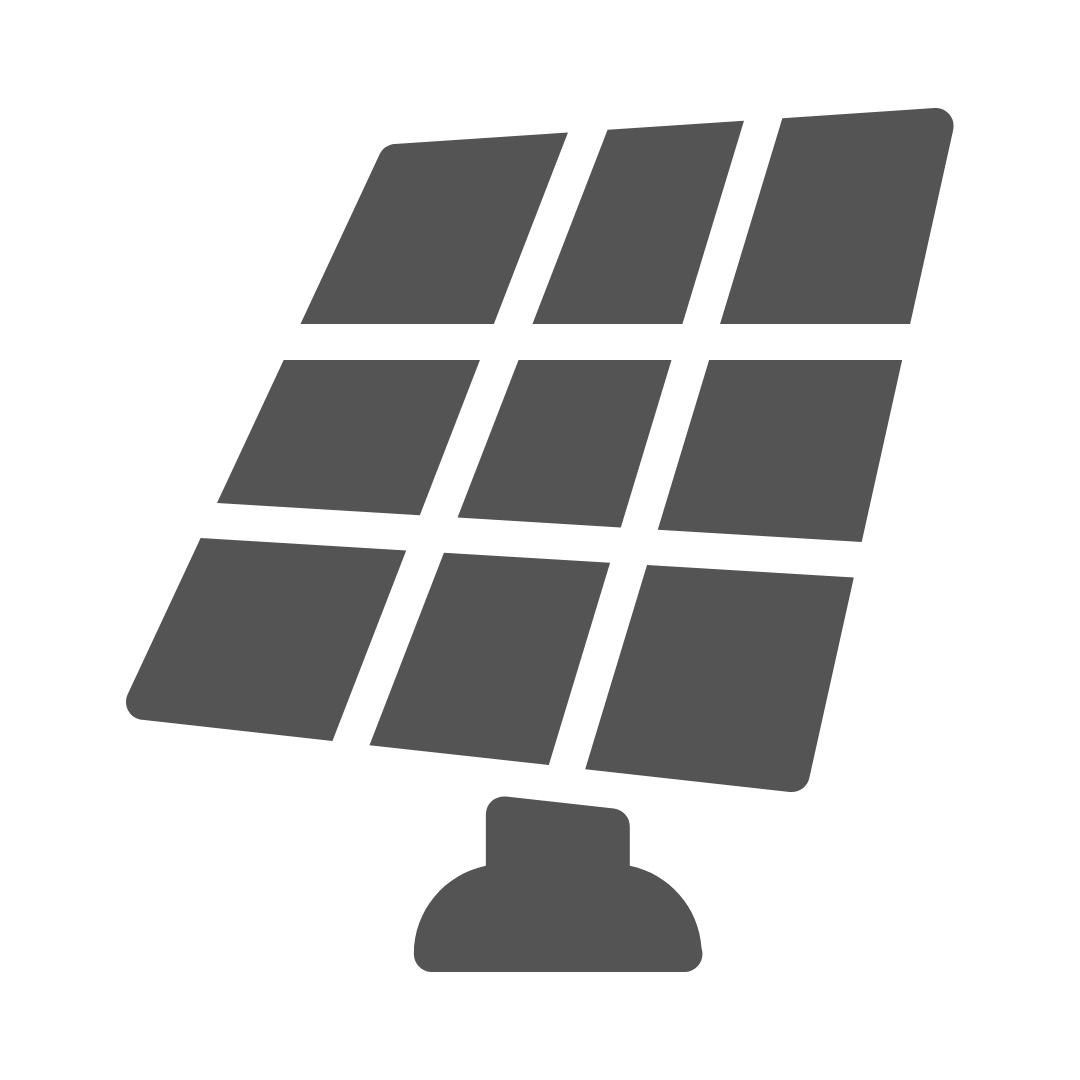
Solar panels harness solar energy to produce DC electricity
Hybrid Inverter

Hybrid solar inverter converts DC electricity to AC. It stores the produced power in the battery to run the load and export the excess electricity
Battery
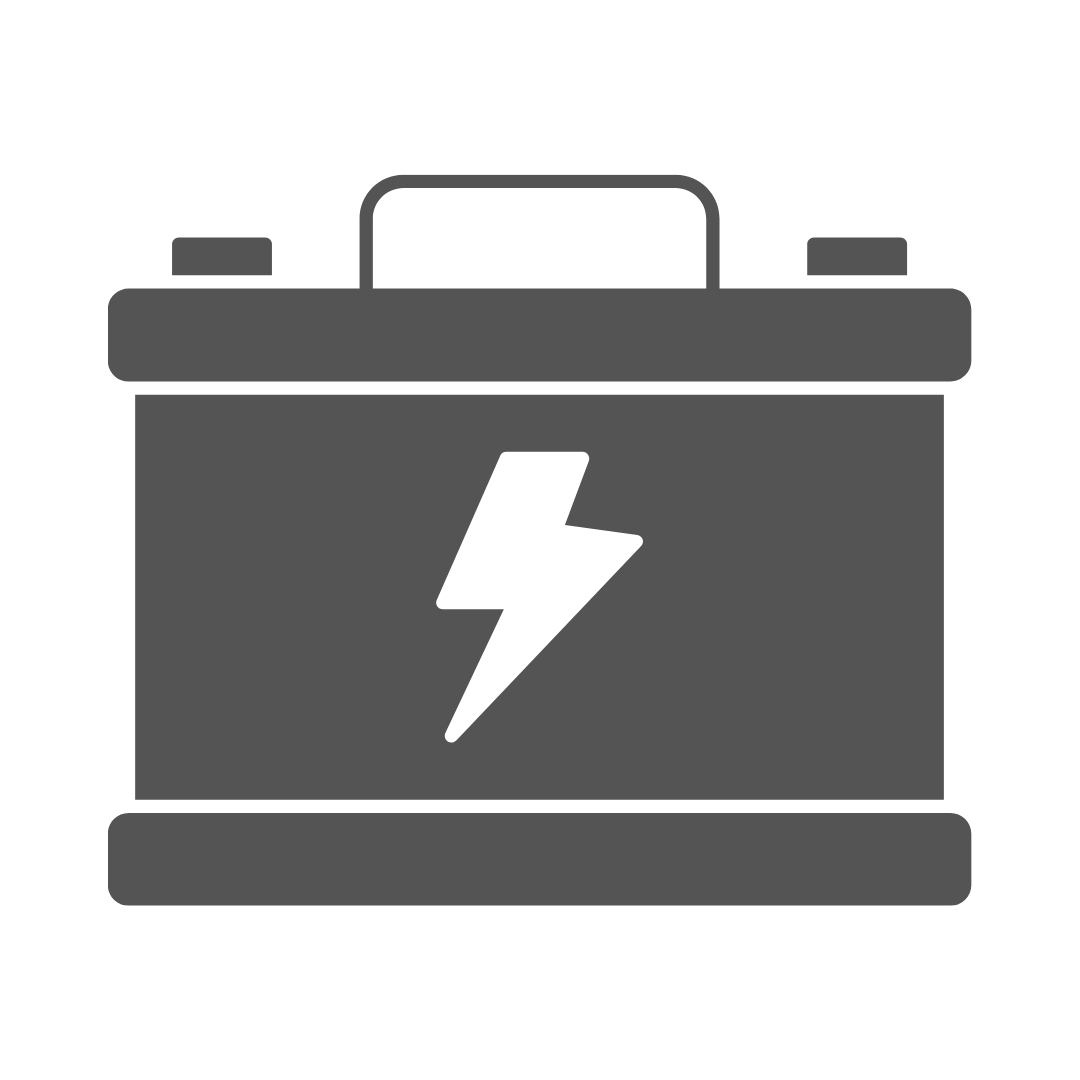
We can use Lead acid or Lithium ion battery with Hybrid solar inverters we use
Accessories
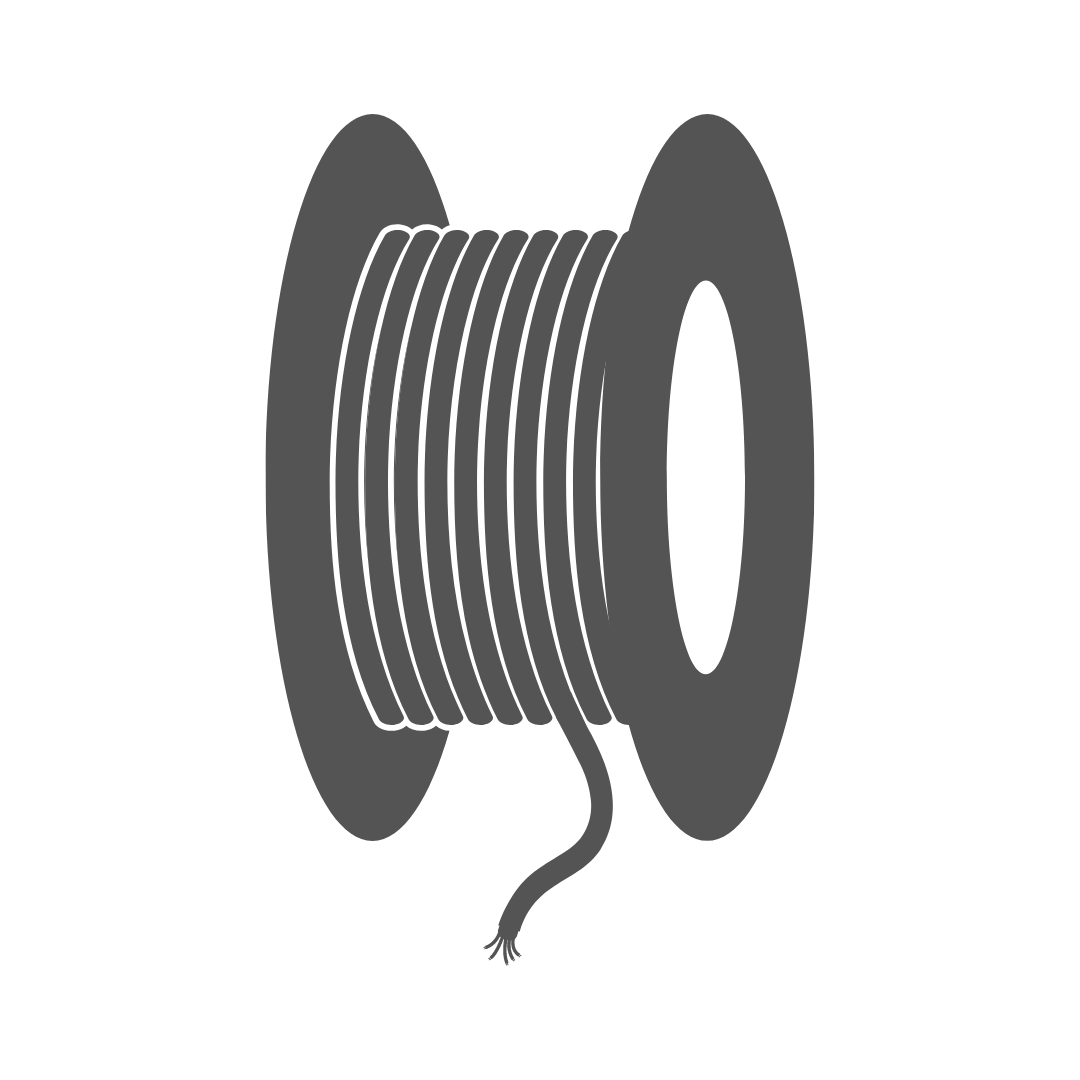
We need DC cable, AC cable, Protection devices,Energy meter, Earthing accessories etc to properly set up a solar power system
hybrid solar
Enphase Hybrid Solution
Enphase Energy’s hybrid solar solution integrates solar panels, IQ5P Battery, and the IQ System Controller for efficient, reliable, and sustainable power.
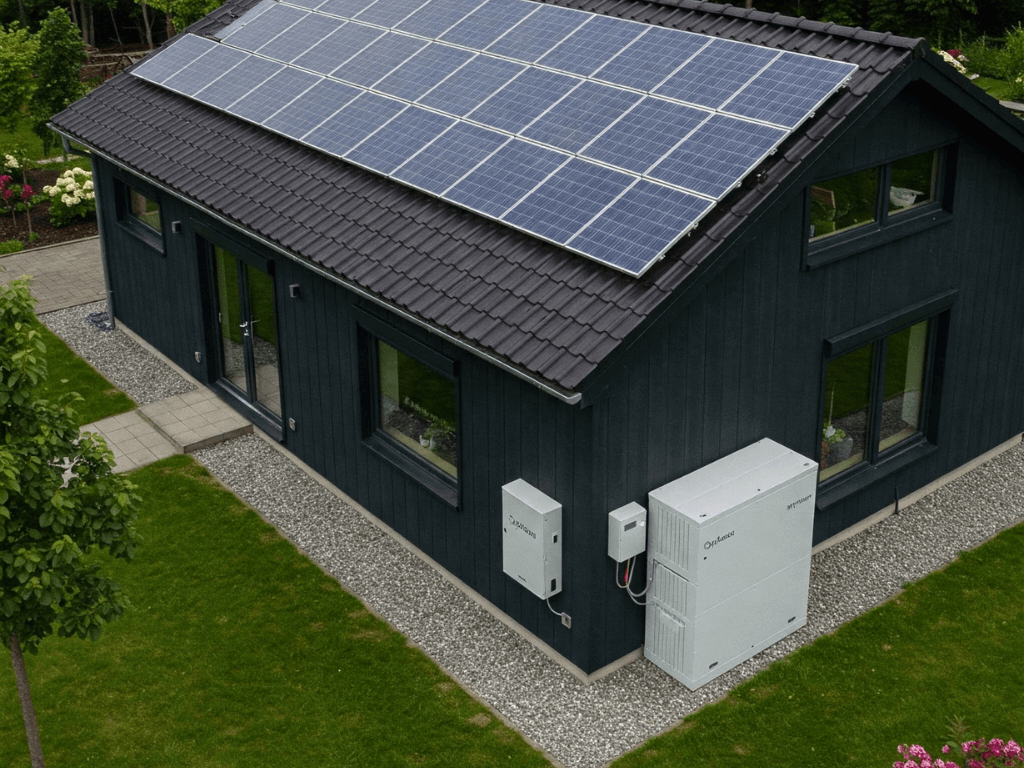
Deye Hybrid
Solution
The Deye Hybrid Inverter and Lithium-Ion Battery work together in a solar system, offering efficient energy storage, cost savings, and eco-friendly power.
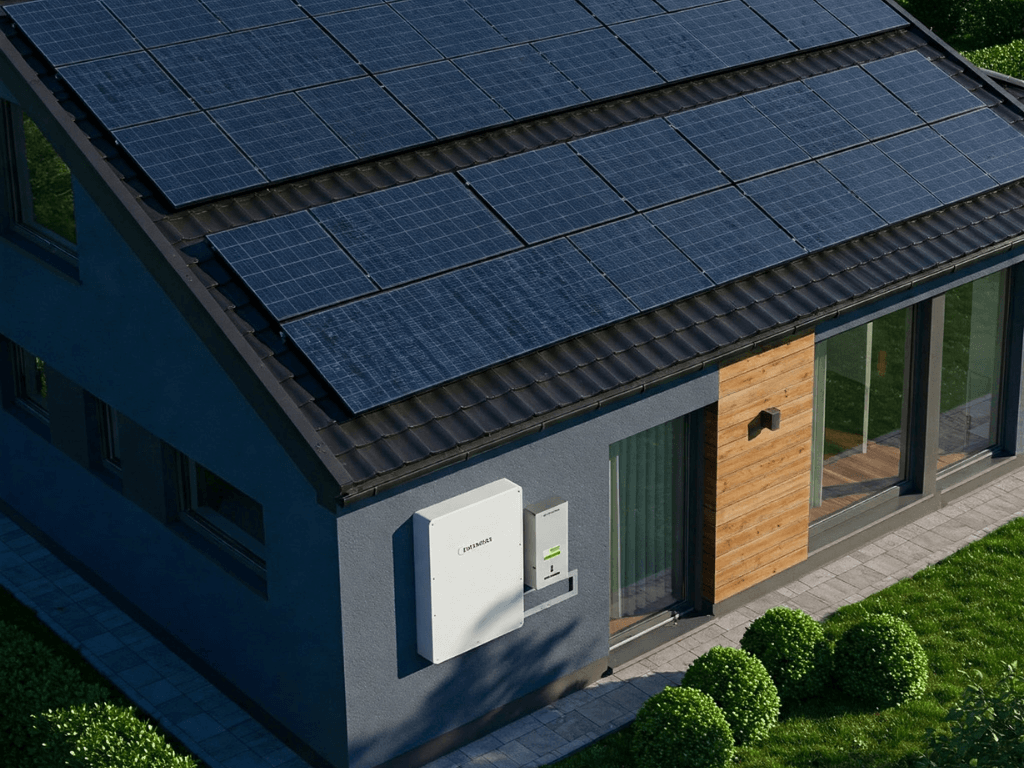
Hybrid Solar
is the future
Hybrid solar systems combine solar panels, inverters, and lithium-ion batteries for efficient, cost-effective, and eco-friendly energy solutions.
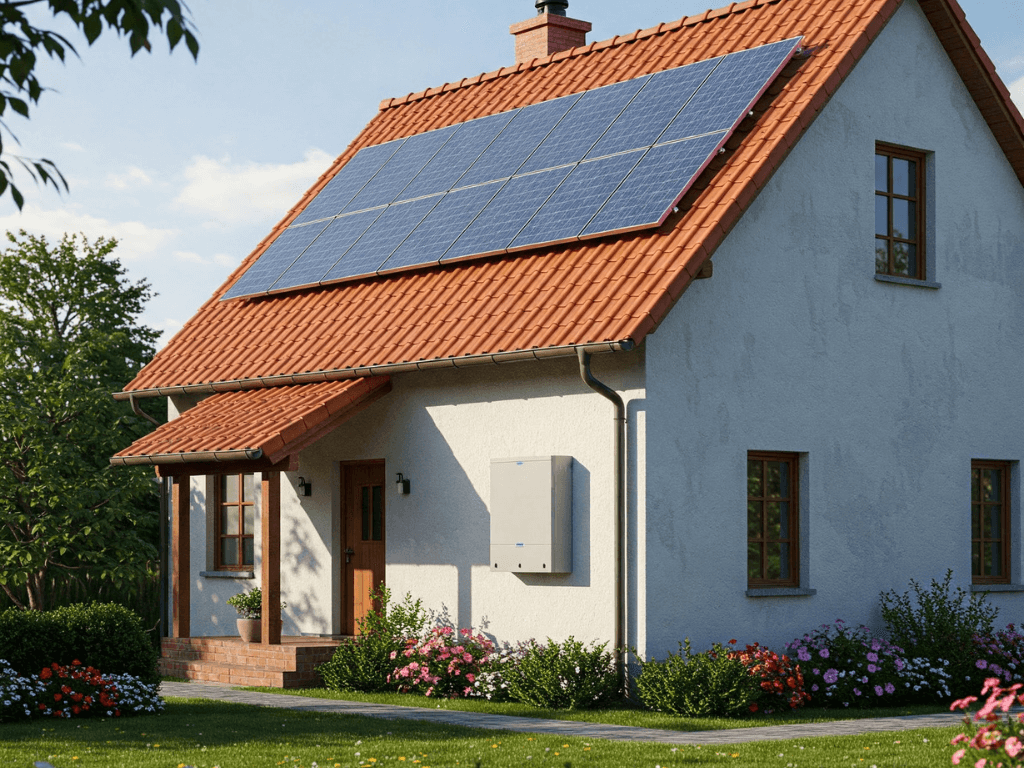
Popular FAQs
About hybrid solar system
What is a Hybrid Solar System?
A Hybrid Solar System includes solar panels, a hybrid inverter, and battery storage, providing a reliable, uninterrupted power solution. Solar panels convert sunlight into electricity, and any excess energy is stored in the battery for use when needed.
How does a Hybrid Solar System work
A hybrid solar system works by combining solar panels, a hybrid inverter, battery storage, and a grid connection to ensure reliable and efficient power supply.
1. Solar Panels (Photo Voltaic Array): These capture sunlight and convert it into DC electricity. They are typically installed on rooftops or ground-mounted structures to maximize solar exposure.
2. Hybrid Inverter: The inverter converts the DC electricity from the panels into AC electricity for home or business use. Hybrid inverters also manage input from both the solar panels and batteries.
3. Battery Storage: Excess solar energy is stored in Lithium ion/ Sodium ion batteries for later use - especially at night or during cloudy weather. A Battery Management System (BMS) regulates charging and discharging to maximize battery lifespan.
4. Grid Connection: If solar and battery power are insufficient, the system draws electricity from the grid. Conversely, surplus energy can be sent back to the grid, often earning credits through net metering.
5. Energy Flow Management: A smart energy management system optimizes how and when energy is used or stored, improving overall system efficiency.
6. Storage Mechanism: The battery-based storage ensures a steady electricity supply, preventing outages even when solar generation is low.
Can a hybrid solar inverter work without batteries?
Yes, a hybrid solar inverter can work efficiently without batteries. In a battery-less configuration of the hybrid solar system, the inverter utilizes solar panels and draws power directly from the grid when needed.
Is Subsidy applicable on Hybrid Solar System?
Yes, Hybrid solar systems are eligible for subsidies under PM Surya Ghar Yojana. You can get government subsidy of up to 78,000 on the rooftop hybrid solar system with battery(lithium ion or lead acid ) for residential use.
How do we decide the capacity of Hybrid Solar System for my home?
To calculate your daily power consumption, list all your electrical appliances, check their power ratings (in watts), and multiply each by the average number of hours used per day. Add the results to get your total daily energy usage in kilowatt-hours (kWh), also known as units. This information is essential when determining the size of your hybrid solar system.
A hybrid solar system combines solar panels, grid power, and battery storage to ensure a reliable power supply. To maximize efficiency and energy independence, include a lithium-ion battery for storage. These batteries are more compact, durable, and efficient than traditional options. They store excess solar power generated during the day, which can be used at night or during power outages. Choose a lithium-ion battery with enough capacity to cover your critical energy needs and ensure seamless operation of your hybrid system.
A 5kW hybrid solar system costs around Rs. 5,45,000 (inclusive of all taxes) along with 9 solar panels (610 W each) and 1 100Ah 51.2V Lithium ion battery.
What are the benefits of Hybrid Solar System?
Energy Security
Hybrid Solar Systems offer a reliable power solution, ensuring uninterrupted electricity even during bad weather or grid outages. Whether it's overcast skies or a power failure, the combination of solar panels, battery storage using Lithium ion or Sodium ion batteries, and grid backup means you’ll continue to have a steady power supply - no interruptions, no worries.
Return on Investment and Cost Savings
Hybrid Solar Systems are often considered a one-time investment, and rightly so. They protect you from rising electricity costs over the years and eliminate the need for fuel-since they run entirely on solar energy. Beyond the savings, installing a hybrid solar system can also increase your property’s value, thanks to its reliability and sustainability. When you compare the initial investment to the long-term return on investment (ROI), it’s clear that a hybrid solar system is a smart, cost-effective choice for the future.
Environmental Benefits
By installing a Hybrid Solar Power System, you can proudly say you’re using clean, renewable energy. Unlike fossil fuels such as coal, natural gas, or nuclear energy, solar power is abundant, sustainable, and leaves no harmful by-products. It doesn't deplete natural resources and helps significantly reduce your carbon footprint, making it one of the most environmentally responsible choices for power generation.
What is a hybrid inverter? How does it work?
A hybrid solar inverter combines the functions of a traditional solar inverter and a battery inverter into a single, smart device. It efficiently manages power from your solar panels, battery storage, and the utility grid—allowing your home to run smoothly on the most efficient and cost-effective energy source available at any moment.
At its core, the hybrid inverter converts the direct current (DC) electricity produced by your solar panels into alternating current (AC) electricity used to power your home. If your system generates more energy than you need, the excess can be stored in your solar battery or exported to the utility grid.
Unlike standard inverters, a hybrid inverter also converts stored battery power from DC to AC when solar energy isn’t available—such as at night or during cloudy days. What makes it truly versatile is its ability to draw electricity from the grid to charge your batteries when solar production is low or energy demand is high. This provides a more stable and reliable energy supply, especially during seasonal or weather-related dips in solar generation.
In short, a solar hybrid inverter streamlines solar energy management by integrating generation, storage, and grid interaction into one intelligent system.
What is the primary function of hybrid solar inverters?
Hybrid solar inverters are designed to convert the direct current generated by solar panels into alternating current, making it suitable for powering household appliances. They can effortlessly coordinate and manage multiple power sources, including solar panels, battery storage, and electricity from the grid.
How to connect hybrid solar inverter?
Step 1: Ensure Safety or Take precautions
Before installing a hybrid inverter, prioritize safety: Turn off power sources (solar panels, batteries, grid).Use insulated gloves and safety goggles.
Step 2: Install Solar Panels
Mount Solar panels securely in a sunlit area. Refer to your hybrid inverter manual for series or parallel configuration instructions.
Step 3: Connect Solar Panels to the hybrid Inverter
Locate positive and negative DC terminals on both panels and inverter. Connect matching terminals to allow DC input for AC conversion.
Step 4: Connect Batteries (Energy Storage)
Connect battery terminals to the hybrid inverter, ensuring voltage compatibility. This allows storage of excess solar energy. Use Lithium ion Battery for energy storage
Step 5: Connect hybrid Inverter to Electrical Panel
Run cables from the inverter’s AC output to your home’s electrical panel. Connect live, neutral, and ground wires accordingly.
Step 6: Connect to the Grid
Use the grid connection port to link the hybrid inverter to the main power supply. It will manage energy flow to/from the grid and battery.
Step 7: Ground the System
Properly ground all components-solar panels, batteries, and inverter-to prevent power failures or electrical hazards.
Step 8: Configure the Inverter
Turn on the hybrid inverter. Adjust settings on the screen or app for grid-tied or off-grid operation.
Step 9: Test the System
Power up the system. Monitor solar input, battery charge, and AC output. Ensure efficient DC to AC conversion and optimize performance.
Step 10: Important Tips
Compatibility: Ensure all components match your hybrid inverter technical specs.
Compliance: Follow local codes or regulations.
Professional Help: Hire experts if unsure about installation steps.
Deye, Solaire, Solingteg, Enphase etc offers best hybrid inverters
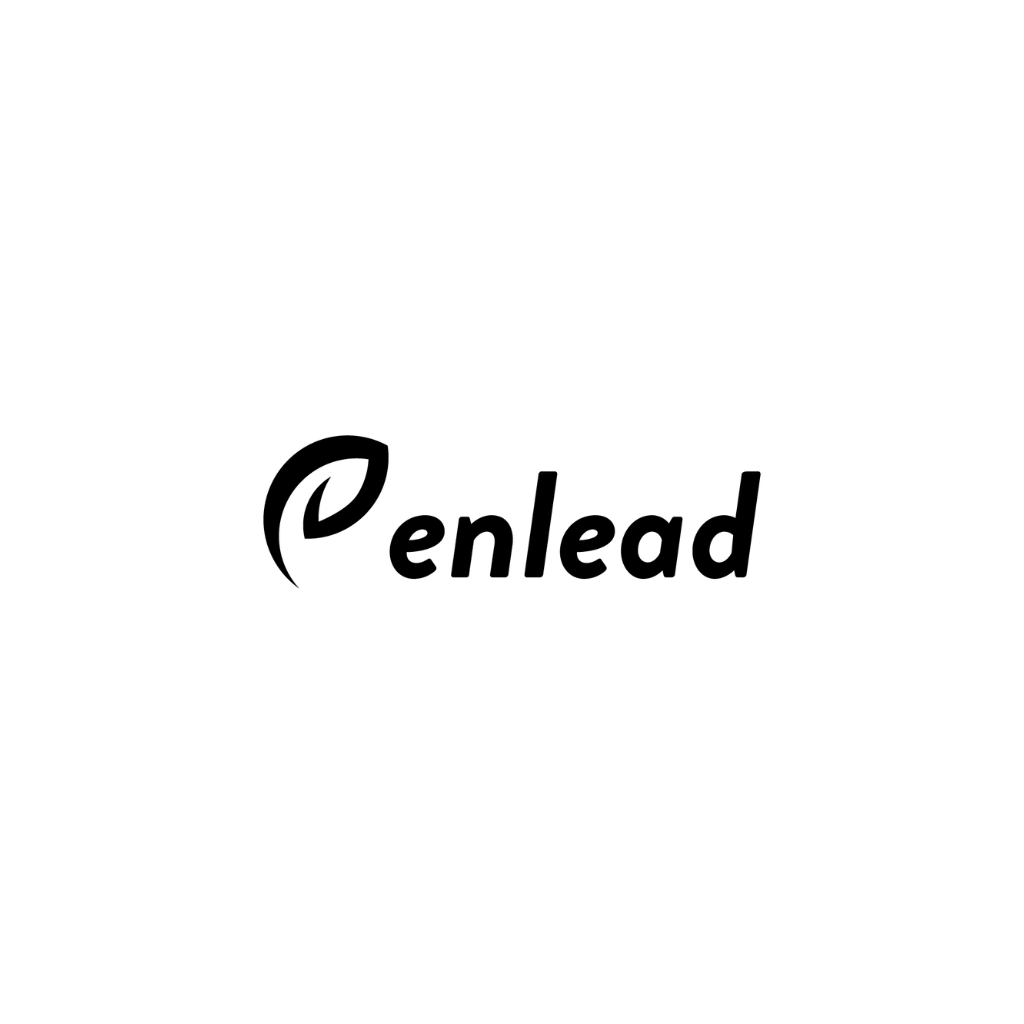
info@enleadenergy.com
Copyrights @ 2024 Enlead Energy |
All Rights Reserved
